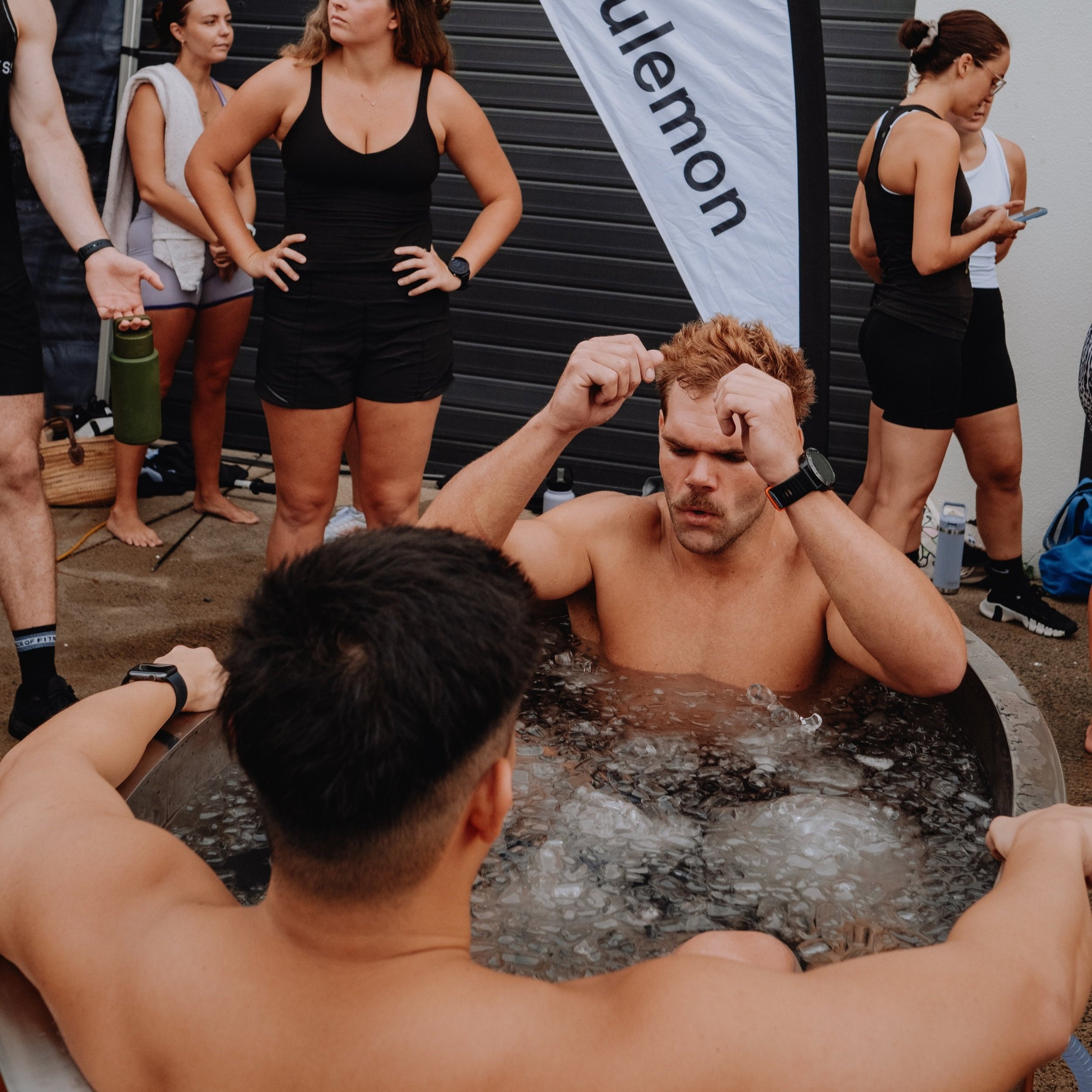Are ice baths killing your gains?
It's no secret that ice baths and cold water immersion (CWI) are all the rage these days, with countless wellness centres and health gurus (even unqualified instagram influencers) spruiking their list of health benefits.
Now there is certainly some good research on the benefits of ice baths/CWI, in particular reducing inflammation, pain perception and even possible benefits to the immune system. However, we need to ask ourselves the question, do we always want to reduce inflammation?
Let me explain..
When we partake in resistance training (aka lift some weights, shift some tin), we actually create microtrauma within our muscle fibres, this muscle damage stimulates an inflammatory response, causing muscle cell activity that helps repair the damage and strengthen the muscles (Peake et al, 2017).
With this in mind, inflammation is not always bad, as it is an important part of training and recovering and getting bigger and stronger. Therefore, if we blunt our body's own natural inflammatory response via cryotherapy or CWI, we suppress this inflammation and can actually hinder muscle fibre growth and delay muscle regeneration (Schoenfeld et al, 2023). In this study, for example, CWI following resistance training resulted in muted strength-related adaptations, such as absolute strength and muscular power.
The last thing we want after slogging it out in the gym is a smaller adaptation to the hard work we just put in. So, if your goal is hypertrophy, it may not be wise to have an ice bath directly after exercise. In saying this, there doesn't appear to be too much of a negative effect when it comes to endurance training.
So when should we be using them?
The answer depends on the stage of training and the main objective of that training. Many athletes and coaches employ a variety of strategies to reduce fatigue and discomfort of training or physical competition to improve performance-defined measures of recovery.
As mentioned earlier, there is solid evidence that ice baths/CWI are effective at attenuating fatigue, promoting feelings of wellbeing and creating an analgesic effect in the short term after a training stimulus (Bleakley et al, 2012).
A 2016 study of jiu-jitsu athletes also found that following a workout with CWI may lead to less perceived muscle aches and may help reduce lactate dehydrogenase (LDH) levels (Fonseca et al, 2016).
There may be other possible mental benefits too, such as decreasing stress levels. It might also be a good bonding activity to do with your team or workout partners, and don't underestimate the value of placebo in 'perceived' recovery.
In summary, if you're wondering whether you should be using ice baths/CWI or not:
If you don't particularly care about the 1%er's of gaining muscle and it makes you feel good, then I would say go for your life! Or if you are mid-season in a demanding sport and want to minimise the pain from bumps and bruises, also go for your life (even better if it's a nice low cost option).
If you are training at a high level, however, particularly amidst a tough pre-season, or you are in a big hypertrophy/strength building phase in the gym and want to stack on some muscle, you may want to steer clear of them (at least directly after training anyways).

